What Do You Bring to the Table? A Needed Reflection for Women Who Say “I Am the Table”
By Sher Trott Bailey a.k.a World Ruler
Introduction: Why “I Am the Table” Isn’t the Answer
In modern relationship discourse ( American), one viral phrase echoes loudly: “I am the table.” Many women repeat it, often in defiance when asked a simple question by men seeking serious, long-term relationships:
“What do you bring to the table?”
This response—“I am the table”—may feel empowering in the moment, but it’s a silly response. Let’s take a step back. What is the table? What does this metaphor mean? And more importantly, are you, as a woman, really prepared to build, beautify, and sustain that table with a man?
Let’s explore this question deeply and practically, without arrogance—and with clarity. It’s important to do so because these silly responses and self-inflated ways of thinking tend to seep their way into the minds of women in other countries over time. Then this Americanized feministic way of thinking wreaks havoc against women and men cooperating and forming families.
What Does “The Table” Symbolize in a Relationship?
The table represents the relationship itself. It isn’t pre-built, and it’s not constructed by one partner alone. Let me repeat, the table is symbolic. It symbolizes the relationship. You come together with a man to build the relationship ( table). The table is not pre-built and it certainly is not built only by you the woman.
A strong, enduring relationship—like a finely crafted table—is the product of two people coming together with complementary strengths, aligned values, and a shared commitment to build.
The real question isn’t whether you are the table.
The real question is: What quality of “wood” are you bringing to build that table?
The Wood Analogy: Are You Mahogany or Plywood?
Let’s use a simple analogy. Think of the table being built without nails, using only interlocking woodwork. The quality of the materials determines the table’s strength.
Ask yourself:
- Are you high-quality hardwood like mahogany or oak—strong, reliable, beautiful, and long-lasting?
- Or are you cheap plywood or particleboard, easily damaged, quick to chip, or only offering a surface-level appearance?
Your character, mindset, and behavior will determine the quality of woman you are—and in turn, the quality of man you attract and keep.
Self-Reflection Checklist: Testing Your “Wood Quality”
Before claiming you’re “the table,” evaluate your character honestly. Here’s a checklist to determine what kind of woman you are right now. Be brutally honest with yourself.
❌ Red Flags – Signs of Low-Quality “Wood”
If you say “yes” to many of the following, you may need a serious mindset shift:
- Do you fold under pressure?
- Are you a fair-weather partner?
- Do you see men primarily as financial providers?
- Do you support no-fault divorce simply because you’re bored?
- Did you divorce based on poor advice and ego?
- Is it a dealbreaker to go without makeup, nails, or beauty enhancements?
- Do you feel like you’re “settling” if a man doesn’t tick superficial boxes?
- Do you have children but no commitment or structure with the father?
- Do you judge men solely on looks or clothing?
- Is your presence irritating, disruptive, or loud?
- Are you a gossip, slanderer, false accuser, or an exaggerator?
- Are you unreasonable and stubborn and under the delusion that such behavior is cute?
- Do you believe you deserve a high-quality man regardless of your own inner or outer quality?
If many of these ring true, that is, if the answers are mostly yes, you’re not hardwood—you’re splinter-prone sawdust pressed into a mold. But don’t worry: wood can be refined. Growth is possible.
✅ Green Flags – Signs of High-Quality “Hardwood”
Check all that apply:
- Do you genuinely desire to be a wife?
- Do you want to raise children with intention?
- Do you have a clear vision for your role in a relationship?
- Can you sacrifice joyfully for your family without resentment?
- Can a man trust you with his fears, secrets, and ambitions?
- Do you truly listen?
- Are you open to correction without defensiveness?
- Can you apologize sincerely and take accountability?
- Do you stay faithful and reject thoughts of adultery?
- Do you enrich your partner’s life—e.g., cooking healthy meals, offering emotional support, injecting humor, sharing wisdom?
- Can your man count on you to stay when times get tough?
- Can you run or even expand a household?
- Do you offer stimulating conversation but also know when to be quiet?
Even if you said “yes” to just half of these—and you’re committed to growth—you’re on your way to being high-quality hardwood. The secret to developing many of these traits is a relationship with the Trinity, that is, Jesus who saves your soul & spirit, the Holy Spirit who transforms your soul, which is your mind; he transforms your thinking- when Holy Spirit fills your soul then getting bat shit drunk every weekend at the party and whoring is no longer appealing. Holy Spirit’s function/role is: to always be with you every minute in every small detail, day to day situation, ready and willing to perfectly guide you in all situations, to give you insights, to comfort you, to make you fearless, to make you into an exceptional person and bring you victory in all things that you desire to be victorious in; and finally God the father who gives the gift of Jesus and Holy Spirit.
Building the Table Together: Commitment Before Contribution
You can’t bring value to a table that hasn’t been agreed upon. The foundation is commitment, usually in the form of marriage or a lifelong, sacred bond. While marriage may look different across cultures, the core idea remains:
Two people vow to build and protect something lasting—together.
And once the table is built?

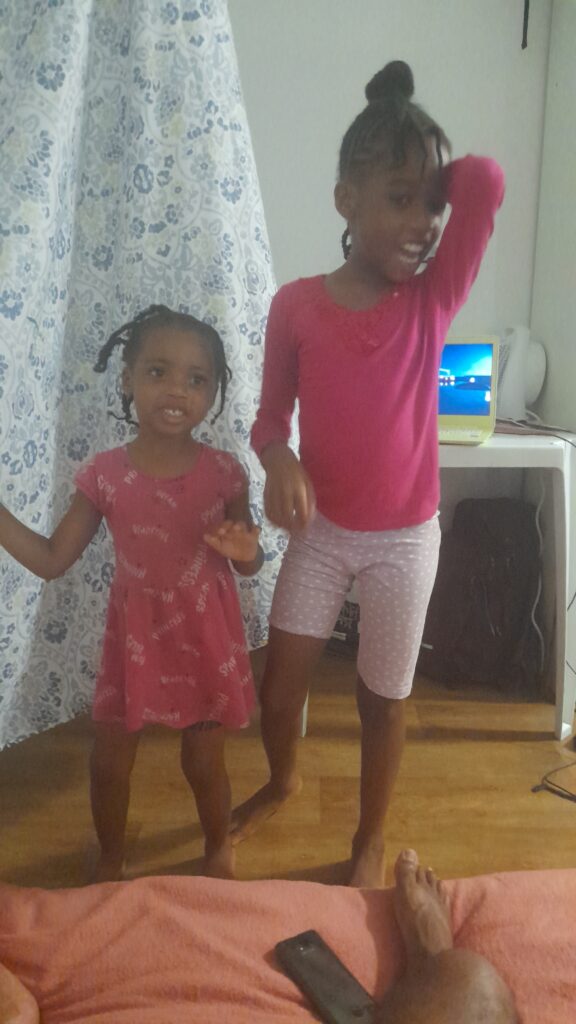
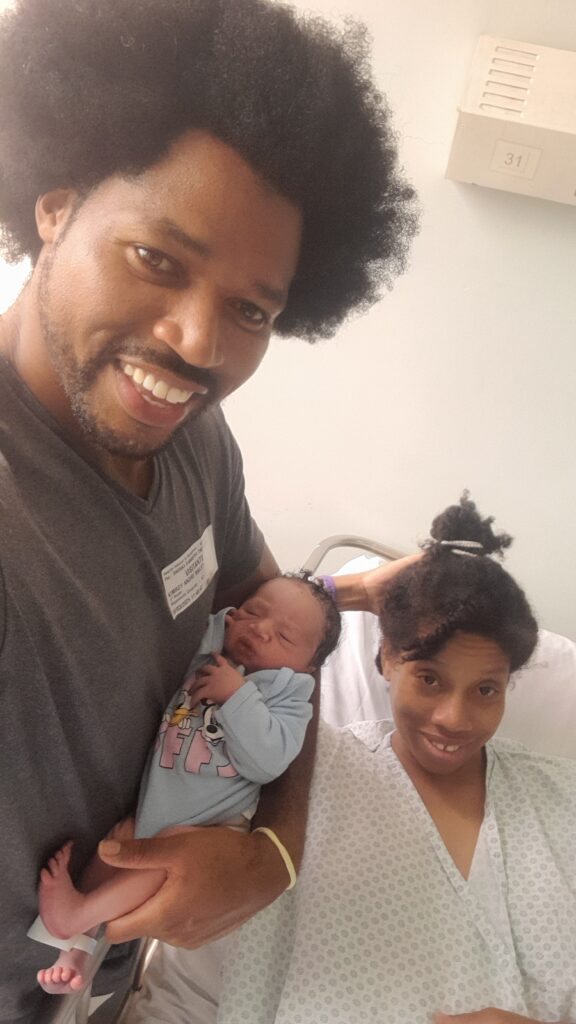






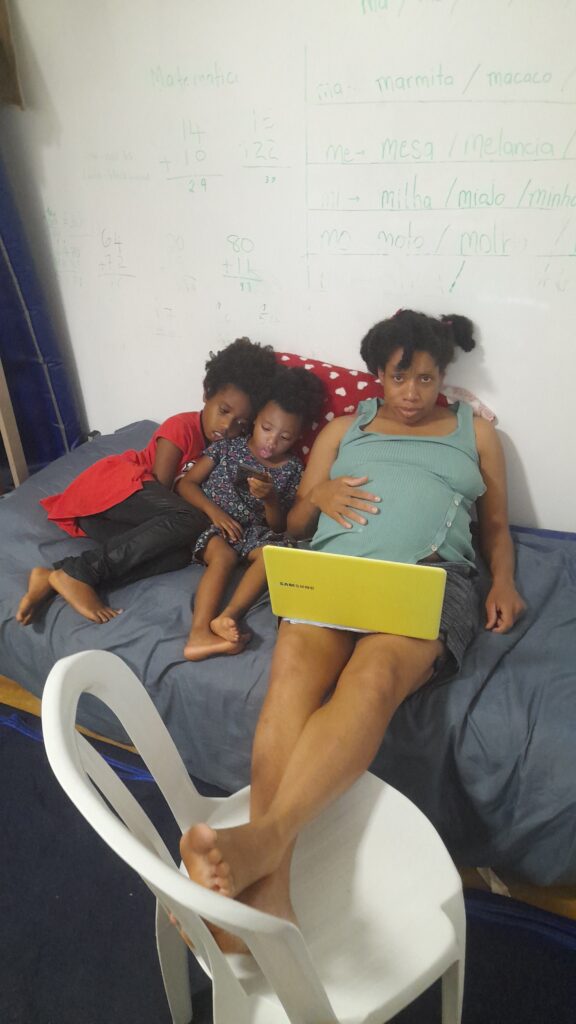
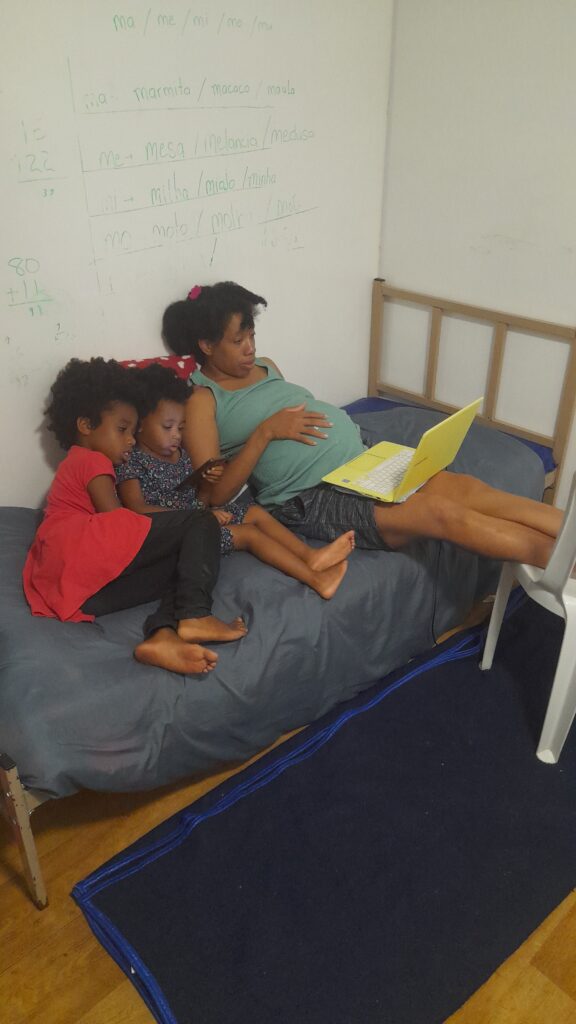


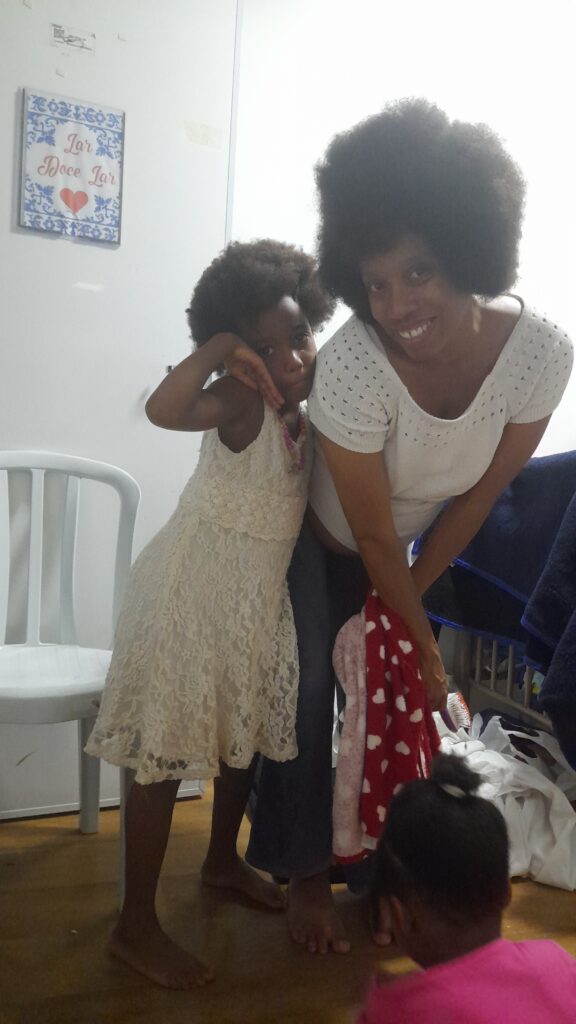
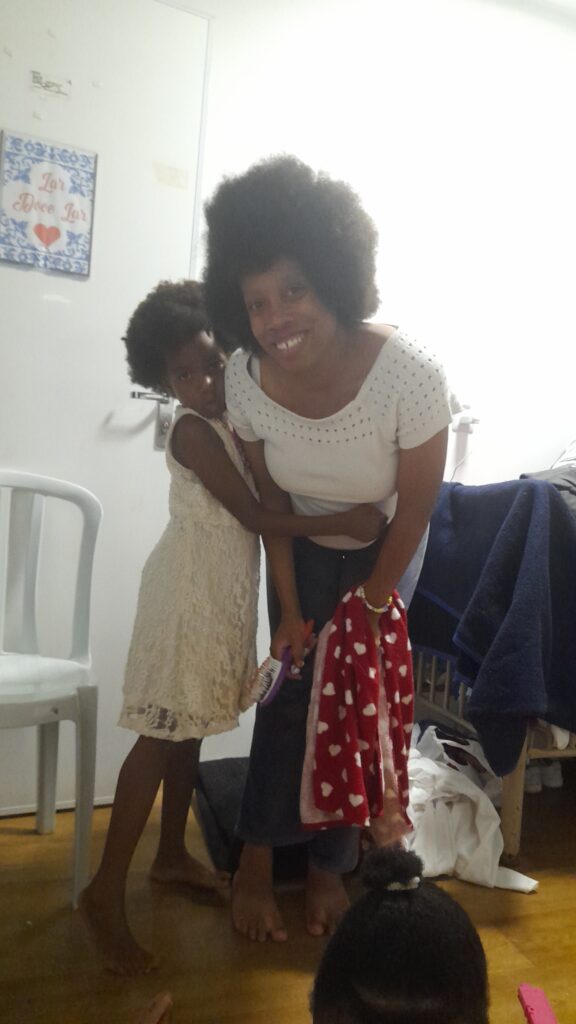
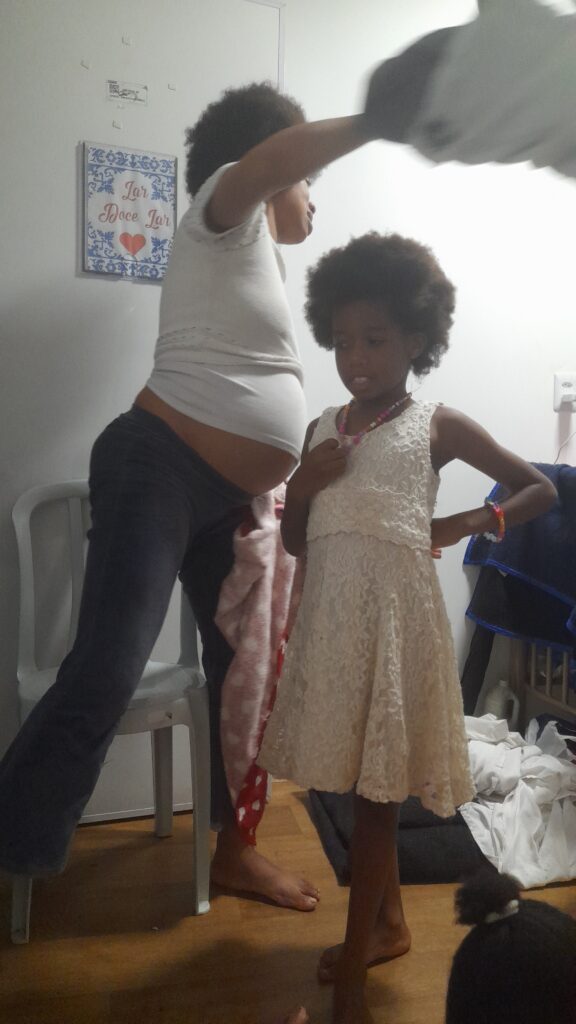


What Happens After the Table is Built? What Do You Bring to the Table?
Once you and your man build the table (i.e., your relationship), the real work begins.
The man often brings the meat and potatoes-symbolic of his protection, provision, problem-solving, and leadership. This doesn’t just mean money. It includes his:
- Mental strength
- Resourcefulness
- Dedication
- Sacrificial nature
But the woman brings beauty, warmth, and depth to the table. She brings:
- Centerpieces, desserts, and colorful dishes (symbolic of variety, joy, creativity)
- Children (your “guests” at the table)
- Culture, ritual, rhythm, nurturing, grace
You help your man grow, evolve, and diversify. You don’t just survive—you thrive together.
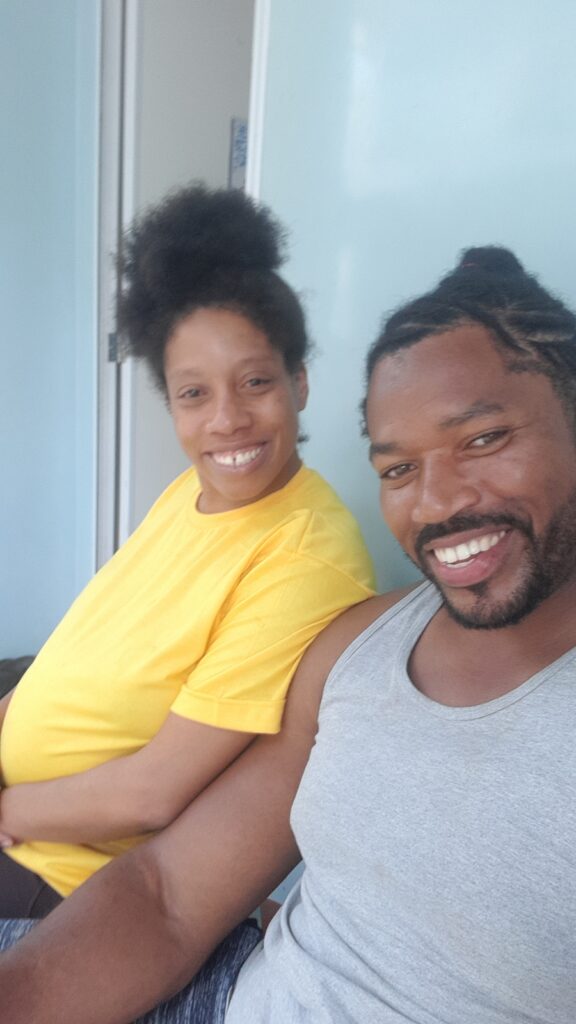

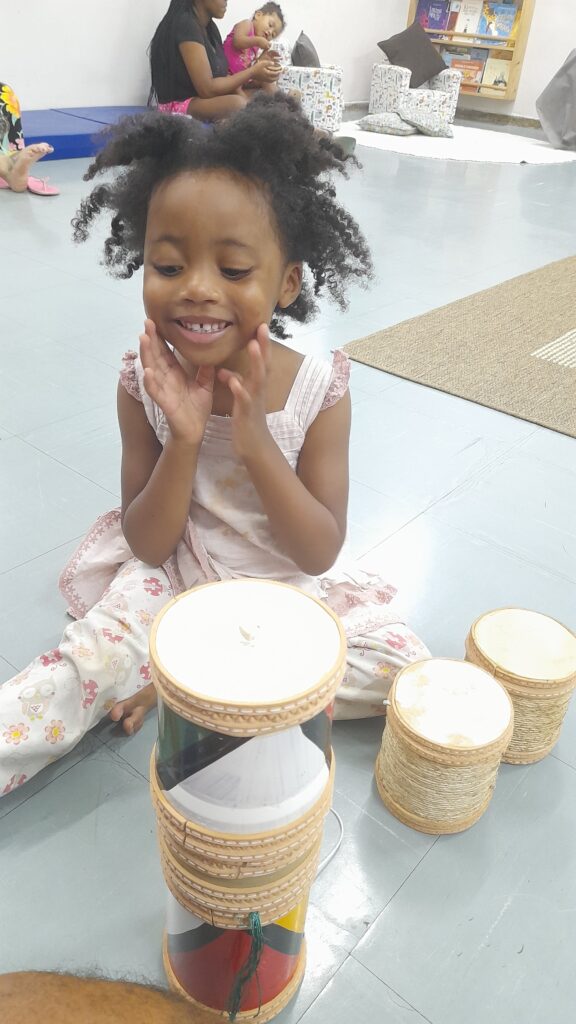

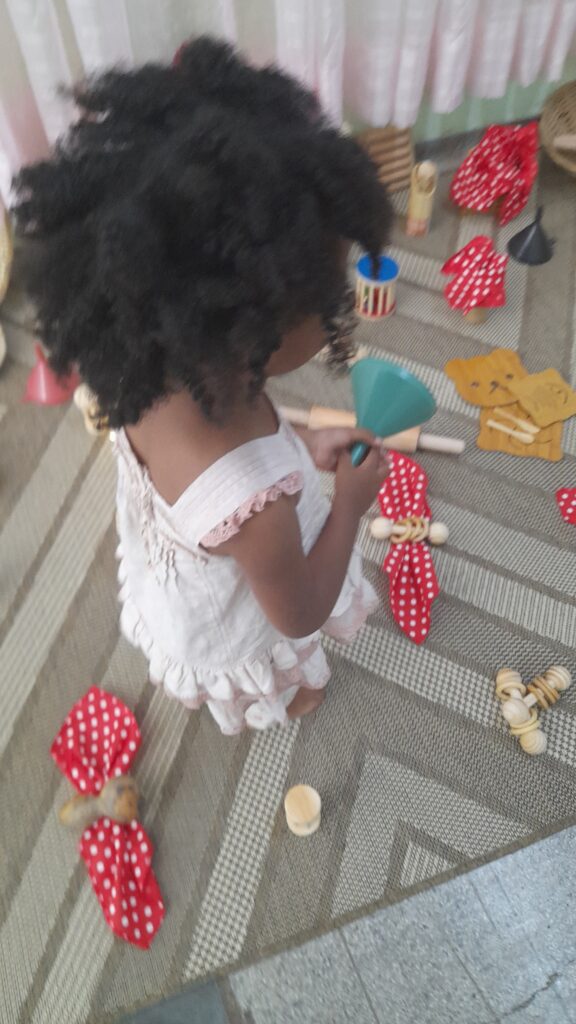



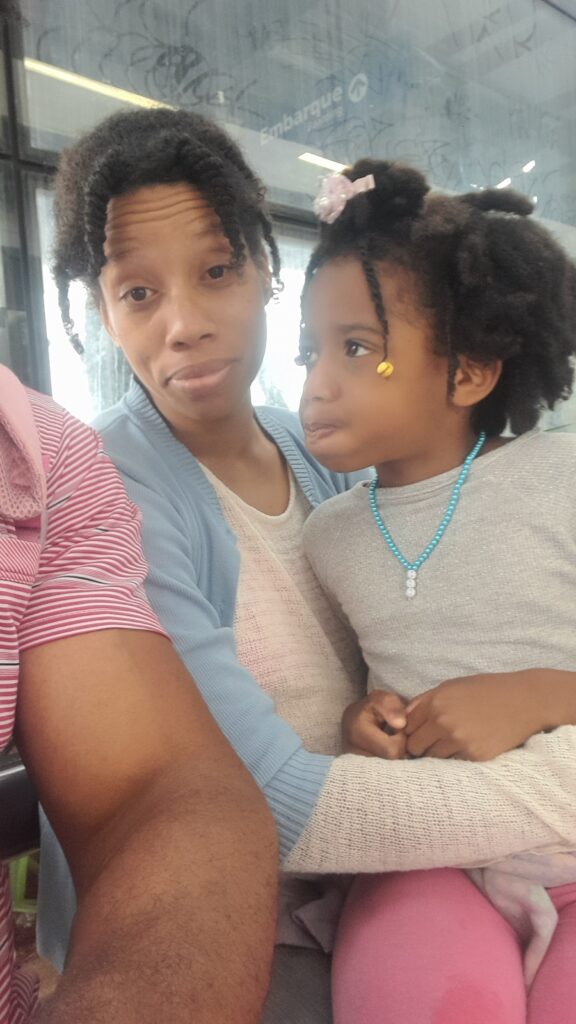





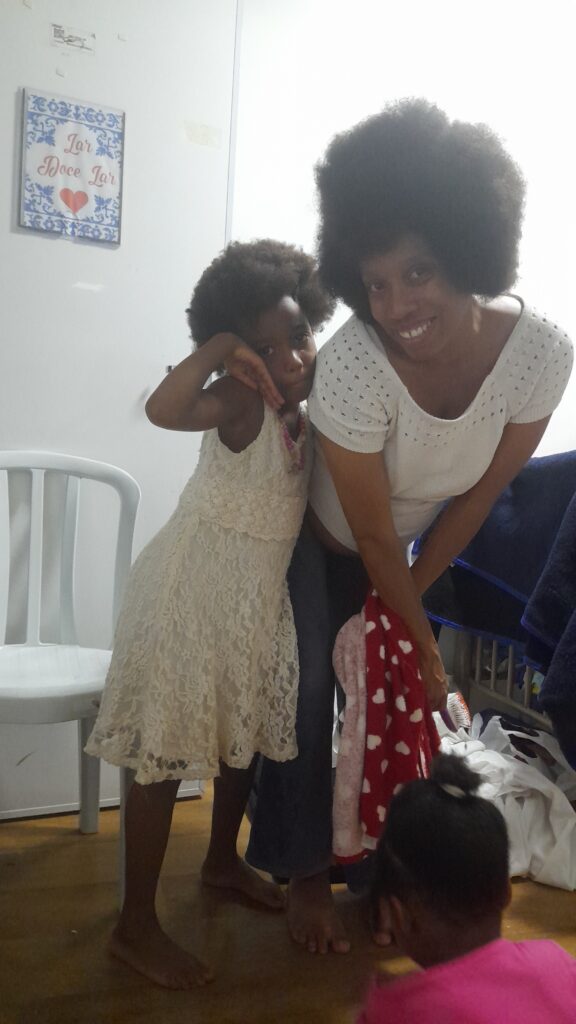

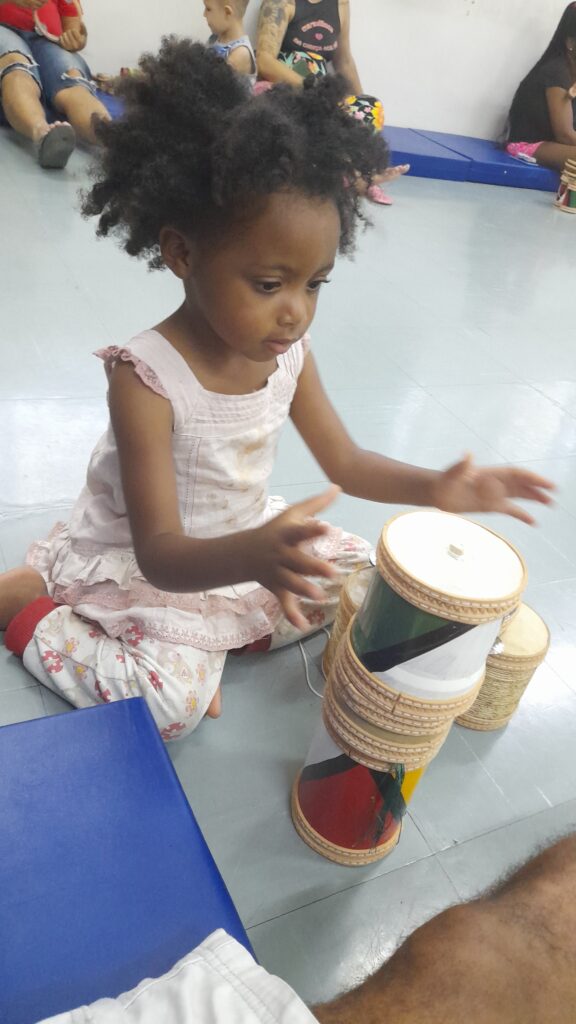
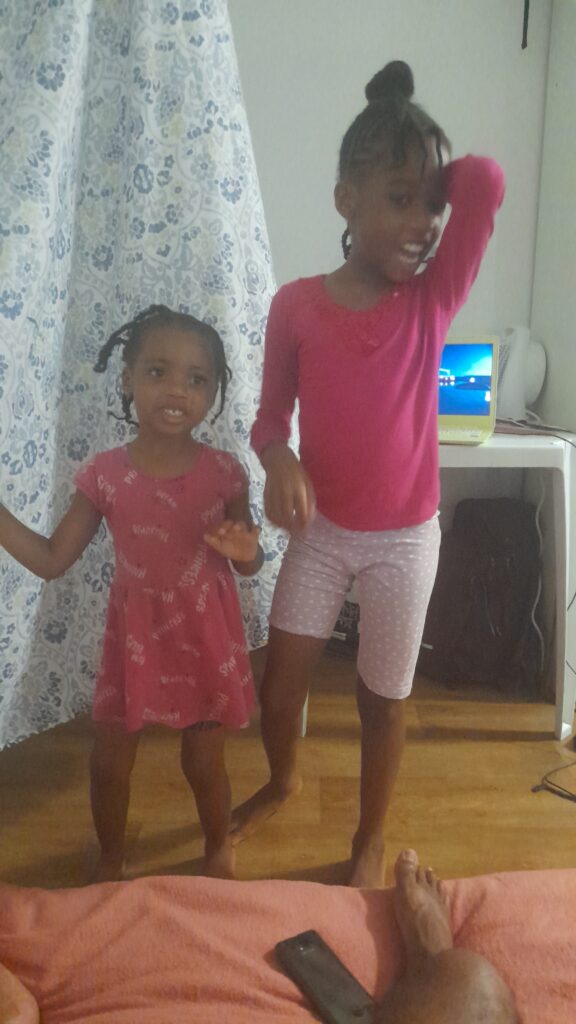
Your Role at the Table: Cultivating Legacy
As a woman, you’re not just there to decorate—you help build a legacy:
- Children learn at your table.
- Values are passed on through your influence.
- You help shape the moral compass of future generations.
- You’re either adding principled people to the world—or more brokenness.
So ask yourself: Are you helping to maintain the longevity of the table?
Can you:
- Keep the hinges oiled (e.g., nurture emotional connection)?
- Endure distance or hardship without collapsing?
- Reunite stronger after adversity?
________________________________________________________
The Danger of Dismissing Men Based on Superficial Traits
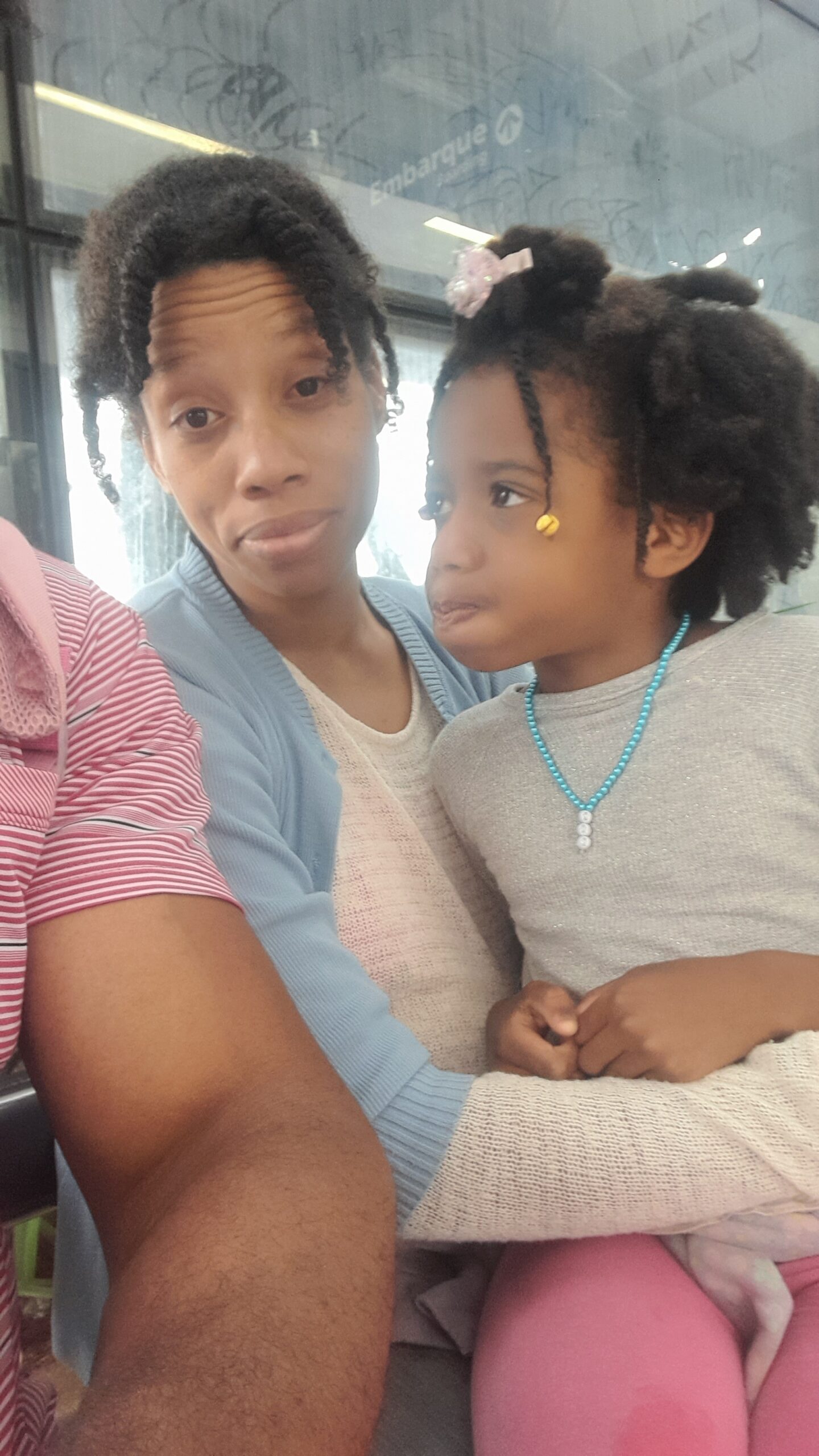
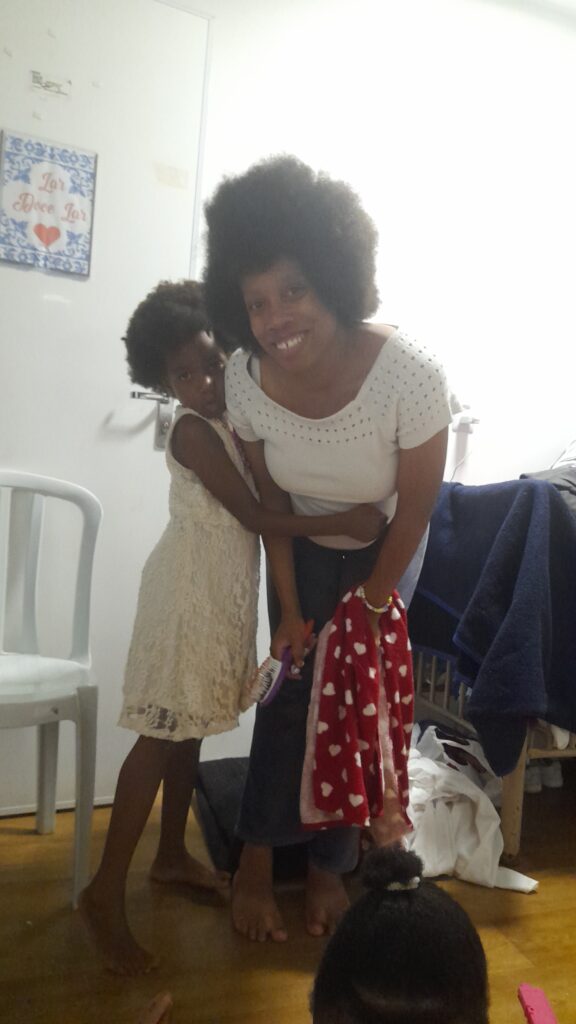

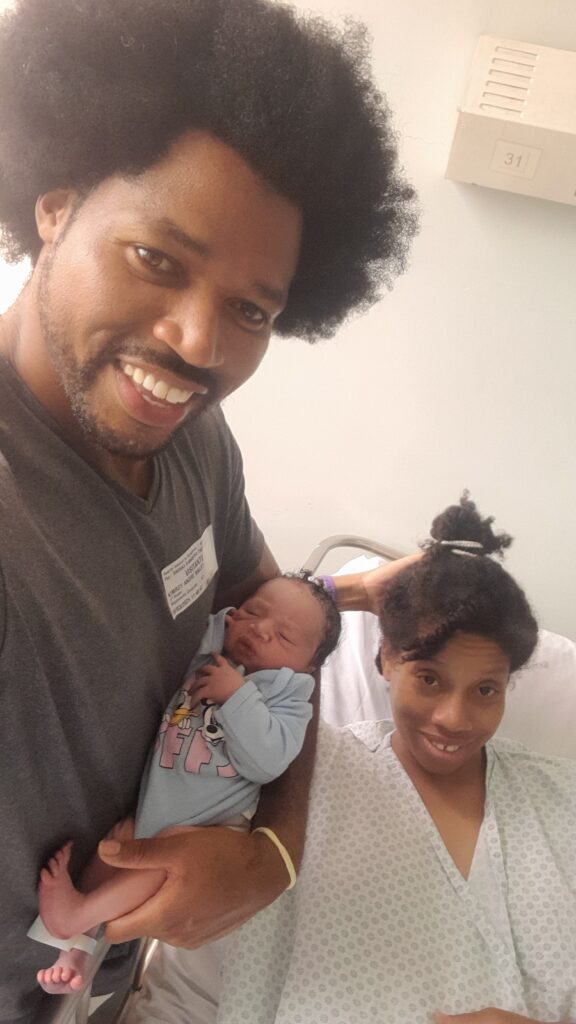


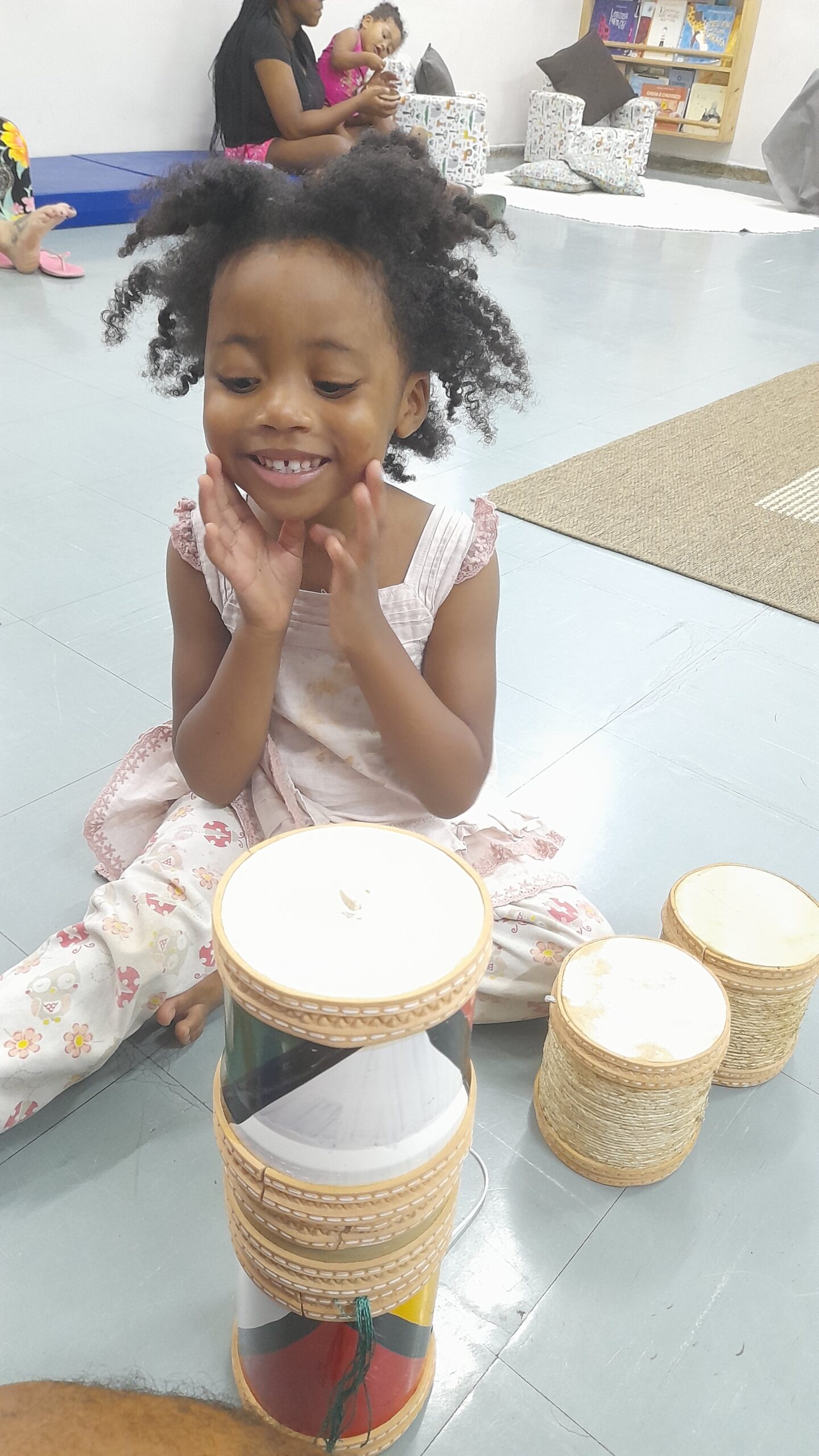



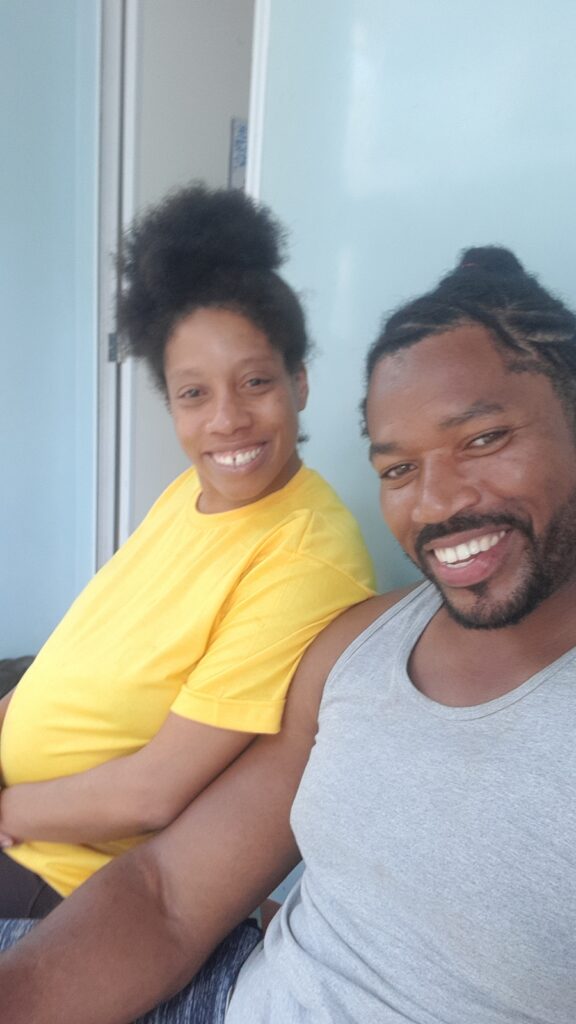





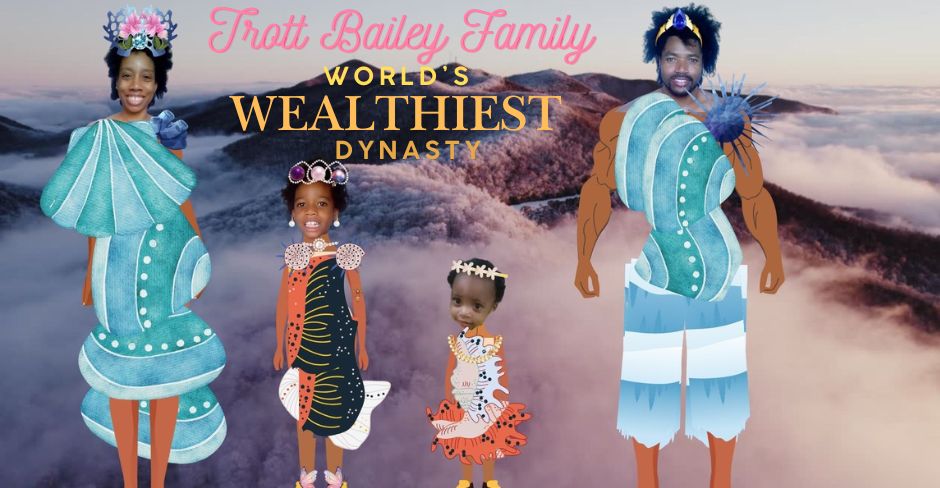
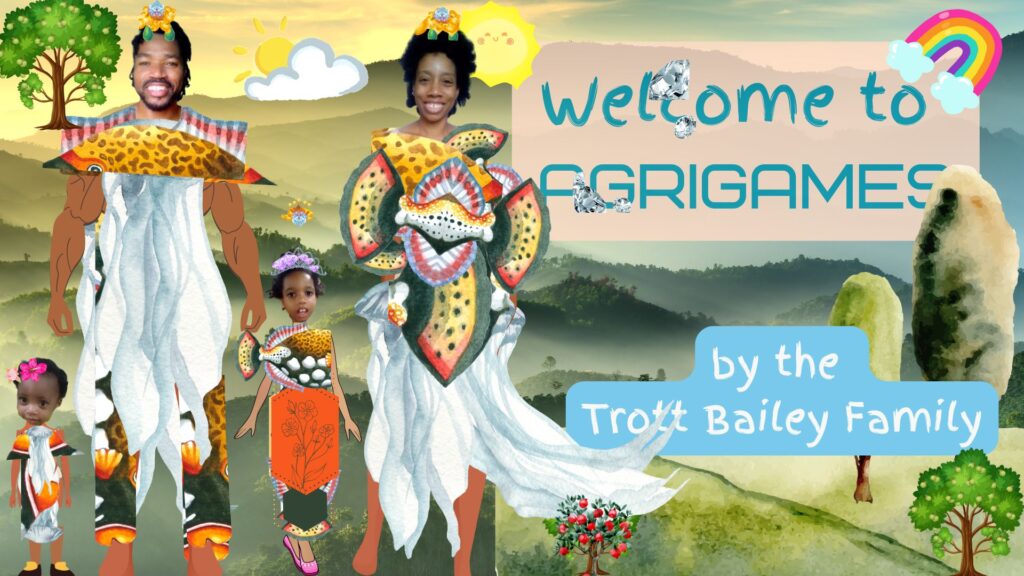

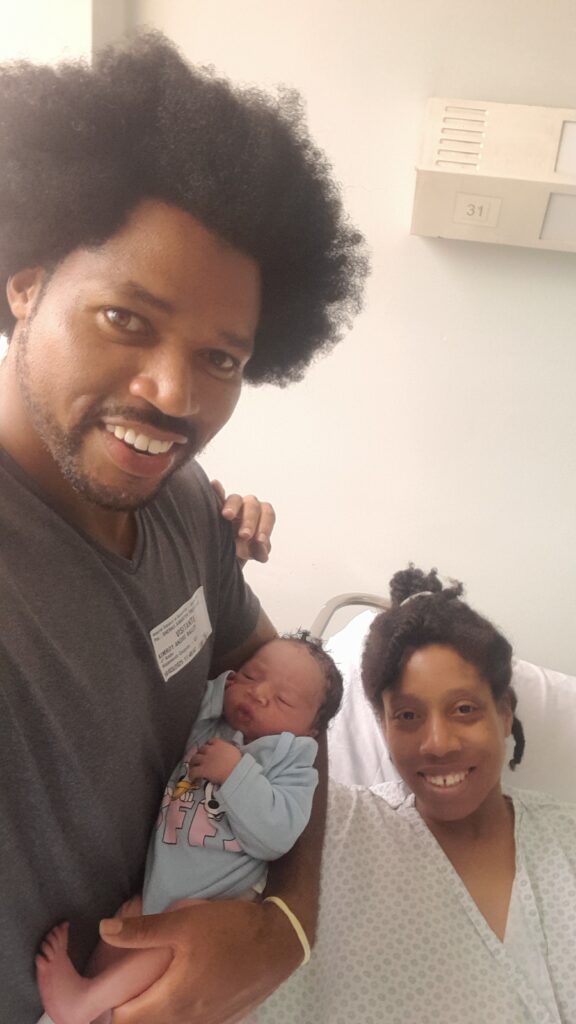

When a woman dismisses a man solely based on his clothing, income, mannerisms, or articulation—traits that can easily be refined with support and time—she reveals something deeper: a fundamental inability to recognize potential and character over packaging. In essence, she is not ready to build a high-quality table, because she refuses to even assess the strength of the raw material.
Superficial preferences often blind women to the solid, valuable traits that matter in a lasting relationship: discipline, conviction, work ethic, loyalty, and the weight of a man’s words. He may not be a smooth talker, but is he truthful? Is he principled? Does he hold a vision for his life? These are the real beams and joints of a table that will last through generations.
A shallow woman, in contrast, is more impressed by the polish of a smooth-talking charmer than the steady strength of a man who may lack articulation but possesses wisdom. She would rather be deceived by flair than challenged to recognize substance. Her inability to see beyond surface traits not only reveals shortsightedness but contradicts the common feminist claim, “I can build a man up.” If she can’t be patient with imperfect manners or an unpolished outfit, how can she claim she’s ready to build anything at all?
Consider this: a man may walk in from the farm in overalls. He may not be Instagram-ready. But he’s productive, disciplined, and grounded. He may not dress “date-night chic” or impress a shallow circle of girlfriends, but he is the kind of wood that builds a durable table. To reject such a man because he isn’t flashy is to prioritize show over structure—an unthinking move by a woman who is following trends rather than building for legacy.
But the real twist? Her rejection is his blessing. Because no wise man should attempt to build a table with warped or rotted wood. If a woman disqualifies a good man on shallow grounds, she disqualifies herself from the very blessing she claims to seek. And the man is spared from bonding with wood too weak to withstand the weight of life.
Now I write this particular article for two reasons: The first is that, my sons will grow into exceptional men in a few decades, and each will need an exceptional woman by his side as his support. Hence, I must fight against this rising tide of man-hating, fair-weather, hussy mentality that wants to warp the minds of the upcoming generations of girls and young women. The second reason is that i just feel strongly annoyed whenever i hear women’s inability to put into words the value they can bring and do bring once their head is screwed on straight.
Finally, this analogy of the table is not something for you to parrot back to a man should he ask you the question. This article is to stimulate you to think for yourselves. There are plenty of other metaphors you can think up on your own, for e.g. you could liken the relationship to a fruit and peeling back the layers of the fruit, its pulp, its juices, its seeds, etc., to flesh out in your mind what a relationship means to you.
This is not one size fits all explanation; each table ( relationship) will have its signature style, flair, way of seating, height of the table, seasonal feasts, changing tablescape etc ( if you will not exercise your brain to understand this last bit of what I’m saying, i can’t help you. You figure it out on your own.😜🤪😁
FAQ: What Do You Bring to the Table? (Q&A Section)
Q: Why do men ask “What do you bring to the table?”
A: Men seeking lifelong partners want to know if you add value beyond beauty or presence. It’s not an attack—it’s a prompt for honest introspection.
Q: Is “I am the table” a valid response?
A: It sounds empowering but often deflects the question. The table is shared and built, not owned. If you are the table, what quality are you?
Q: What if I’ve made mistakes in the past?
A: Past mistakes don’t disqualify you—but denying, repeating, or justifying them does. Growth, humility, and transformation make you stronger “wood.”
Q: Can I be high-value without wanting children or marriage?
A: It depends on the man. But most men seeking long-term commitment value legacy, loyalty, and building a family. If your values diverge, you may not be compatible.
Q: Can men bring low-quality “wood” too?
A: Absolutely. This post addresses women, but men must also ask what kind of partner they are. Strong tables require strong parts on both sides.
Conclusion: Bring the Right Wood, Build the Right Table
The question “What do you bring to the table?” isn’t sexist—it’s sacred. It’s a call to accountability. A real relationship isn’t about ego or entitlement; it’s about contribution, character, and commitment.
So ask yourself again:
Are you high-quality wood? Are you ready to build a table that lasts?
If not—start sanding, shaping, and refining. The right man is also out there, chiseling himself to be worthy of the table too.
About the Author
Sher Trott Bailey aka World Ruler is a bold voice for principled relationships, family legacy, and kingdom-minded living. My work challenges modern narratives with timeless wisdom.


